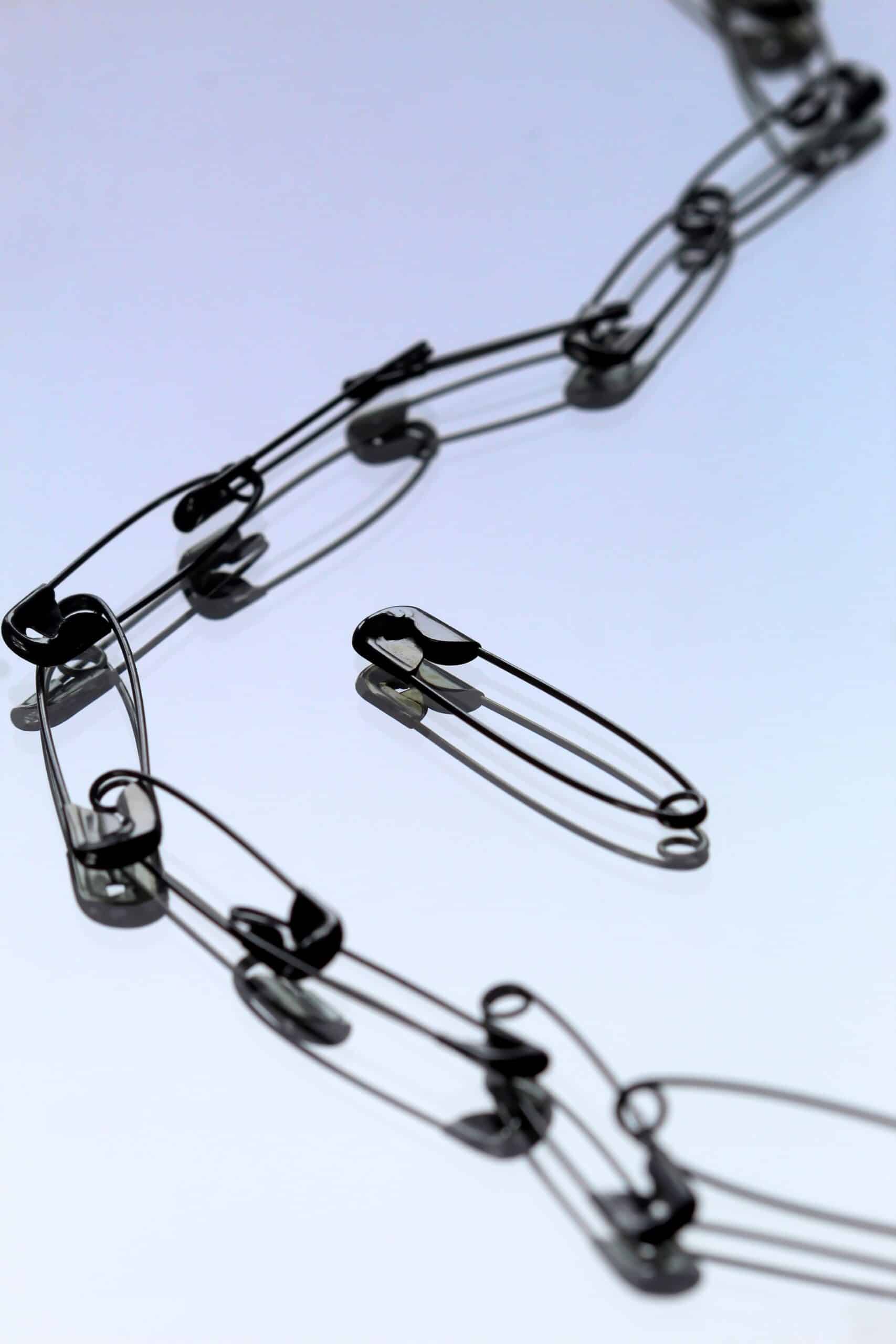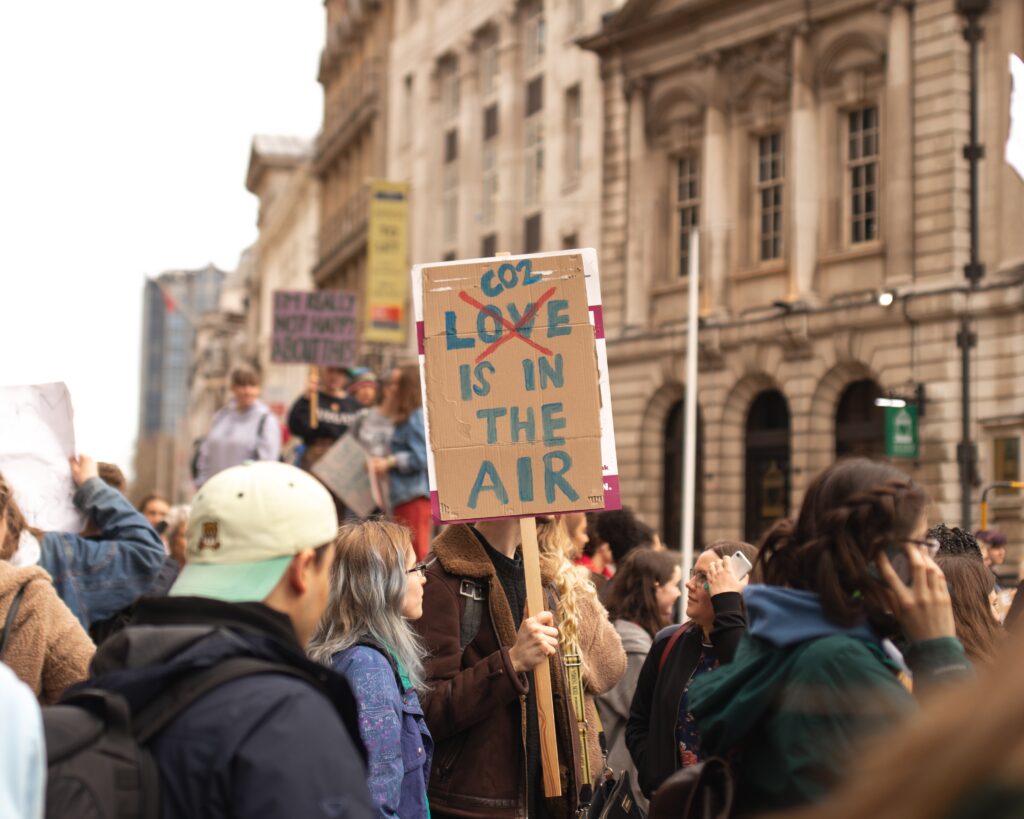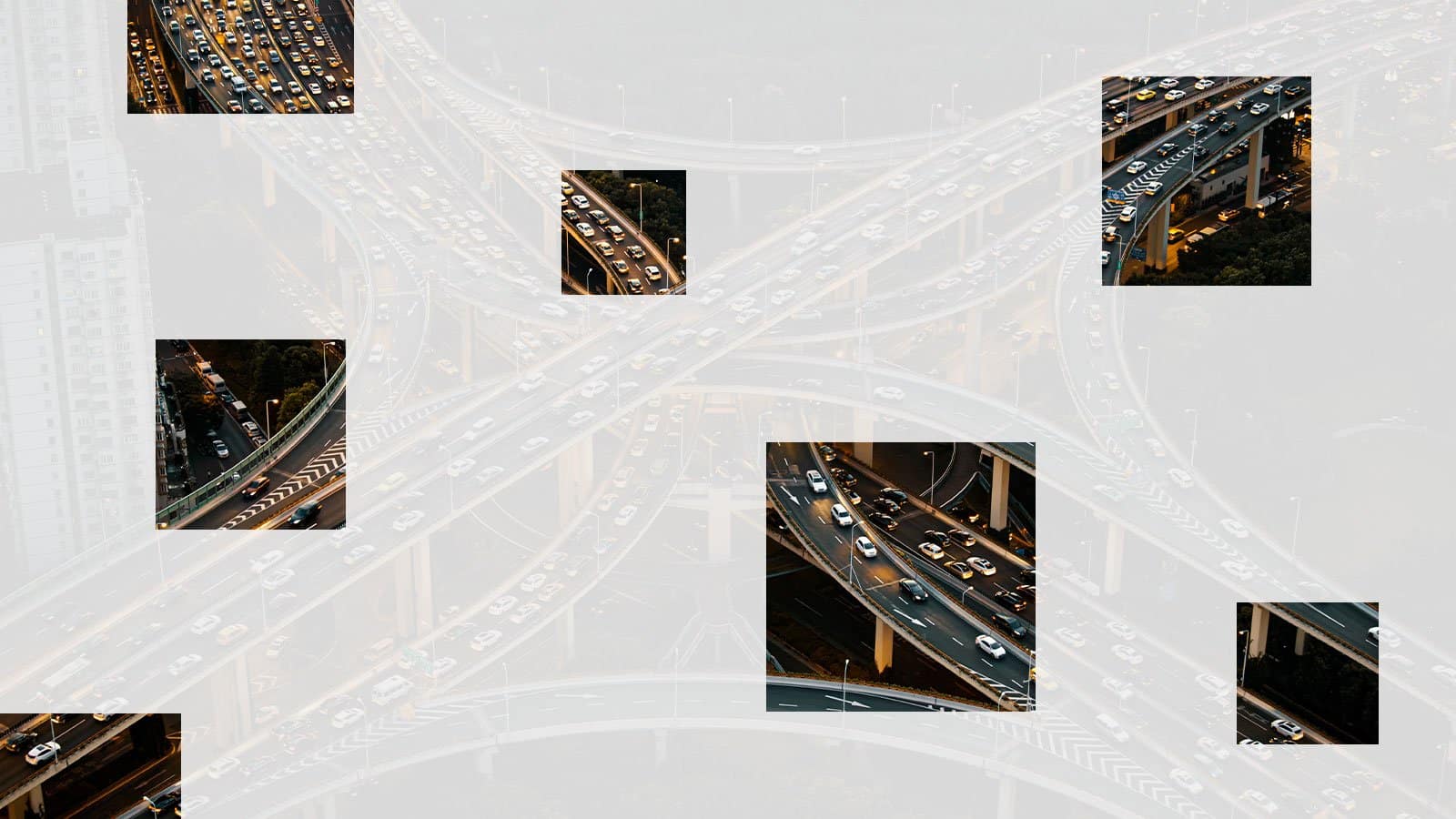The pandemic continues to rage, but the world is already looking towards a phase, that of rebuilding. Take advantage of this “social blank slate” to emerge from the recession, tackle climate change and bring the planet's infrastructure into the modern era.
The speech focuses on "great works" and the narrative of infinite progress. Rebuilding means doing more and bigger things. But what if we first thought about something simpler: removing what doesn't work?
Removing adds, removing improves.

We are always driven by a predefined impulse to build big things to solve big problems. A new research published in the journal Nature instead, it suggests that people often overlook the option of removing elements and not just adding new ones, even when the simpler solution is better. Behavioral scientists argue that a “subtractive” approach could be useful for tackling global problems, including the climate crisis.
Especially right now, there is a strong push to focus on repairing or rebuilding existing infrastructure, which is somewhat of a form of status quo thinking. There are many ways that removing infrastructure could help the environment, whether it's tearing down highways, saying goodbye to dams, or taking out a sidewalk.
Erin Sherman, vice president of Ideas42, a nonprofit behavioral design company.
Research on the subtractive approach
Over the course of several experiments, the researchers tested how people solved problems. Simple things like building with Legos, planning an overcrowded day trip itinerary, or organizing a menu by ingredients. The team found that people often refuse to proceed with subtraction unless forced. In other words: even if adding something costs 10 and removing something costs 5, people always tend to add.
What our paper implies is that we are potentially missing out on an entire category of ways we might solve problems
Gabrielle Adams, professor of public policy and psychology at the University of Virginia, co-author of the study.
Reduce, Reuse, Recycle… and Remove

In a future perspective, learning to "remove well" can give us many solutions. Simply reducing, reusing and recycling will not abate climate change, because emissions are already out of control. We should seriously start working for remove emissions (something is moving, but slowly).
What does this mean in practical terms? What can we actually “take away”?
The subtractive approach applied to reality could mean adapting to storms by eliminating paving or digging holes to absorb water. Adapt to rising seas by replacing artificial barriers (which could further erode the coasts) with "living coasts” made up of plants, sand dunes and other natural elements. It could also mean simply removing an old highway, as he did Seattle, giving way to parks, public transport or affordable housing.
It's easier to get excited about creating new, shiny, attention-grabbing technology. This is why smart refrigerators exist. Words like “geoengineering” are suggestive, but spraying aerosols into the air to cool the planet by blocking the sun's rays could make the situation even more complicated.
The fundamental problem with climate change is that we have ruined this great system that we don't understand. Adding more and more things just introduces more complexity and uncertainty. On a global scale, taking away is better. Many subtractive solutions tend to be better.
Easy said, but what can be done? The real world, of course, is not as simple as a city built out of Legos. Subtraction, in other words, is a compelling idea that starts to get a little confusing if we think about it too much.


